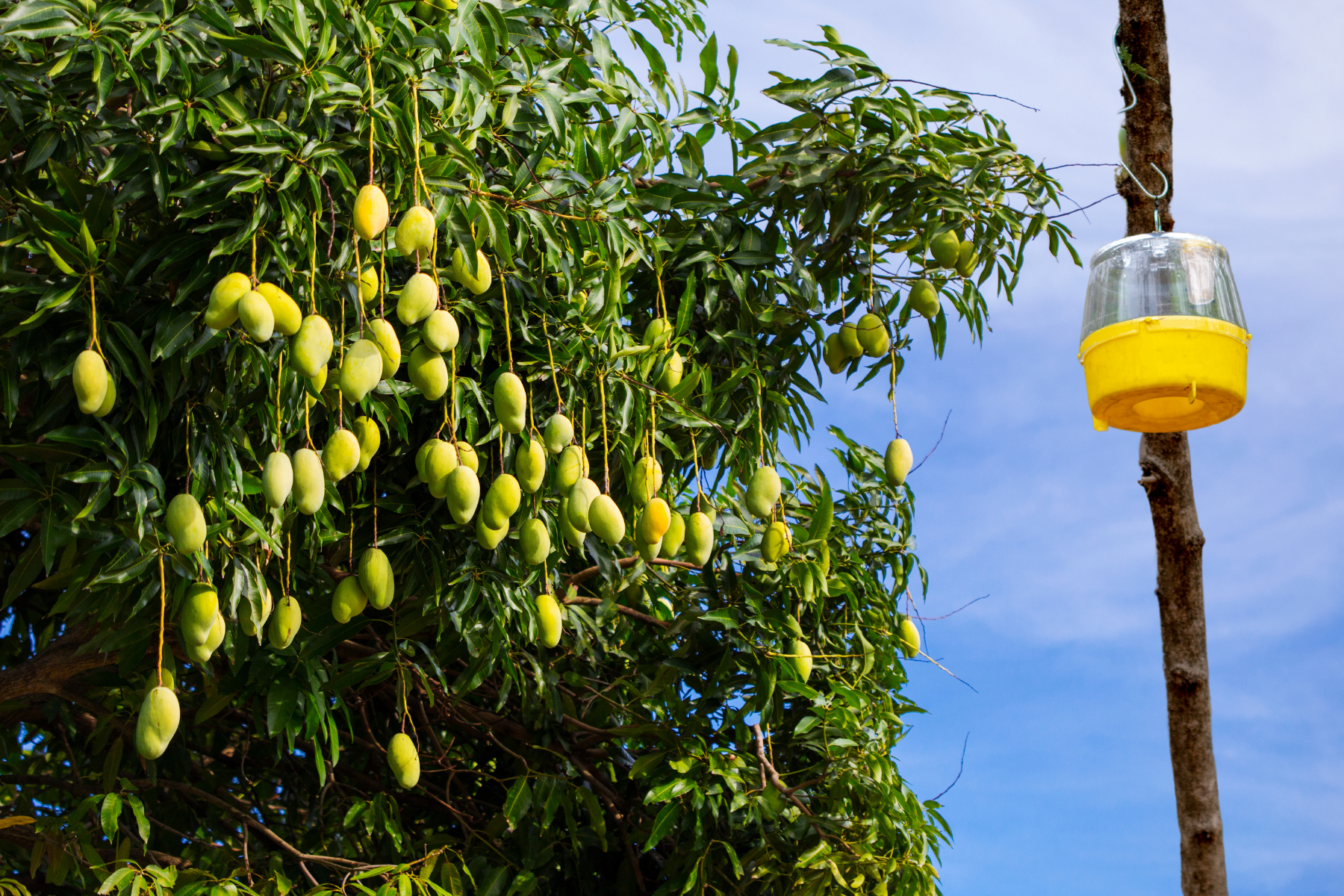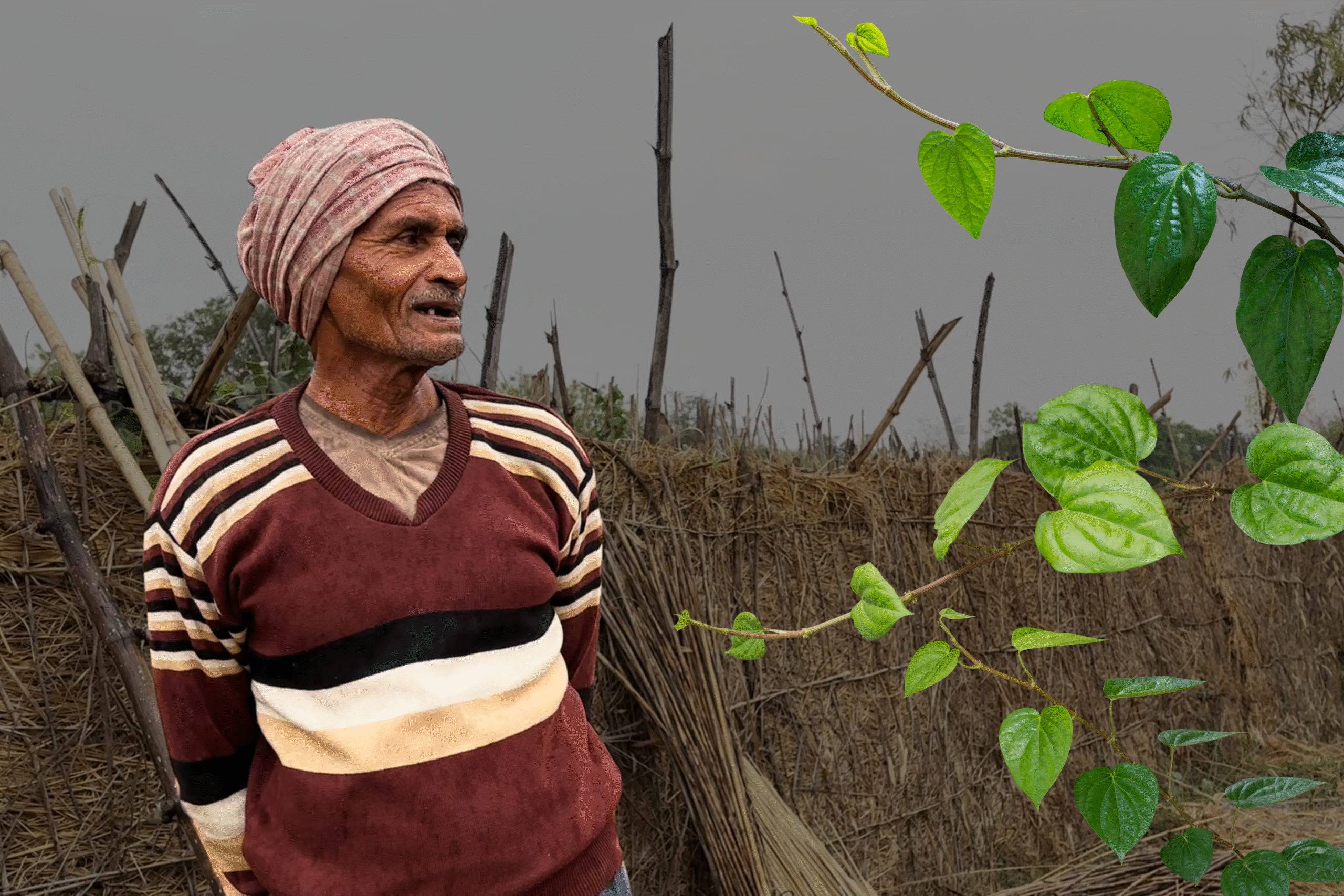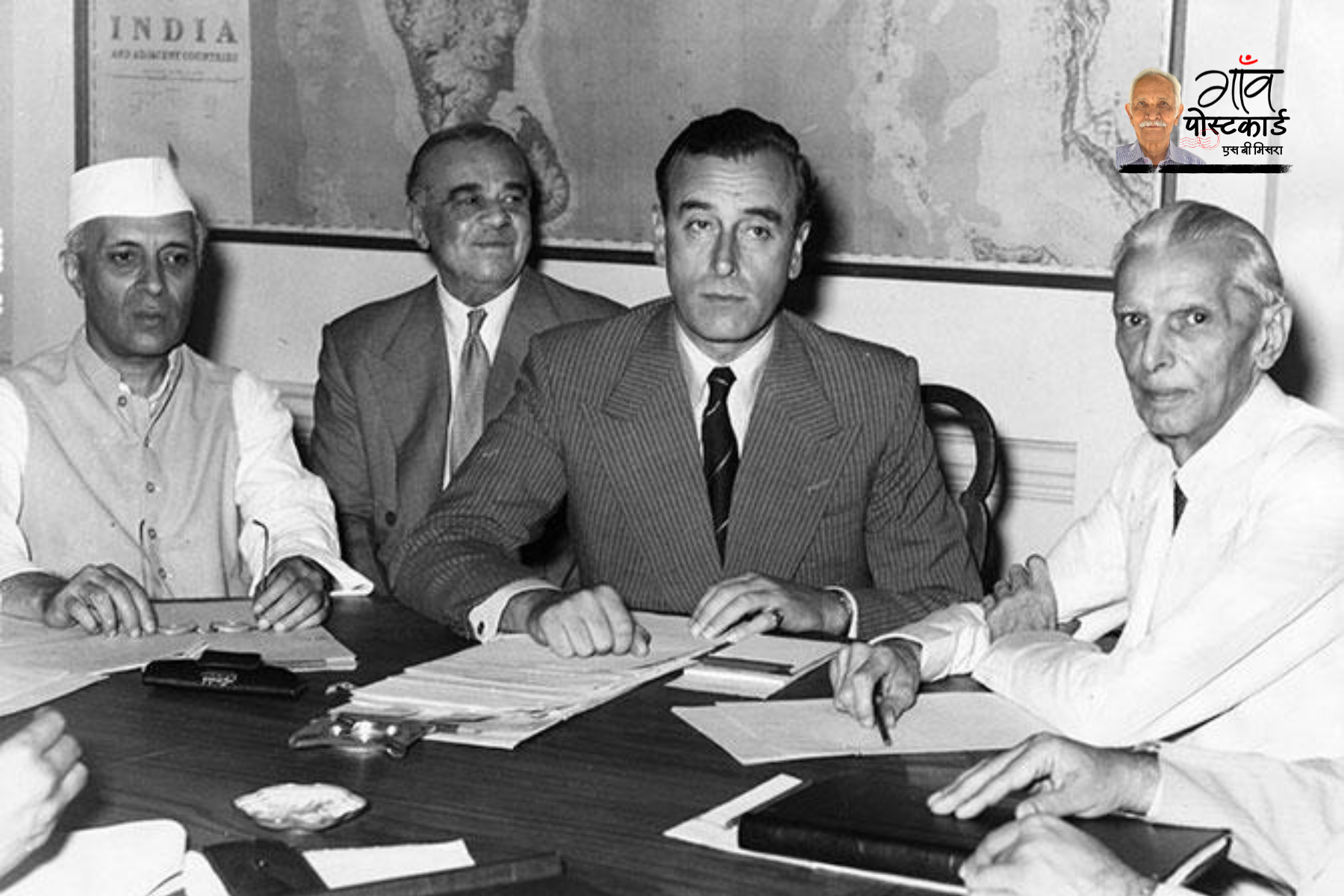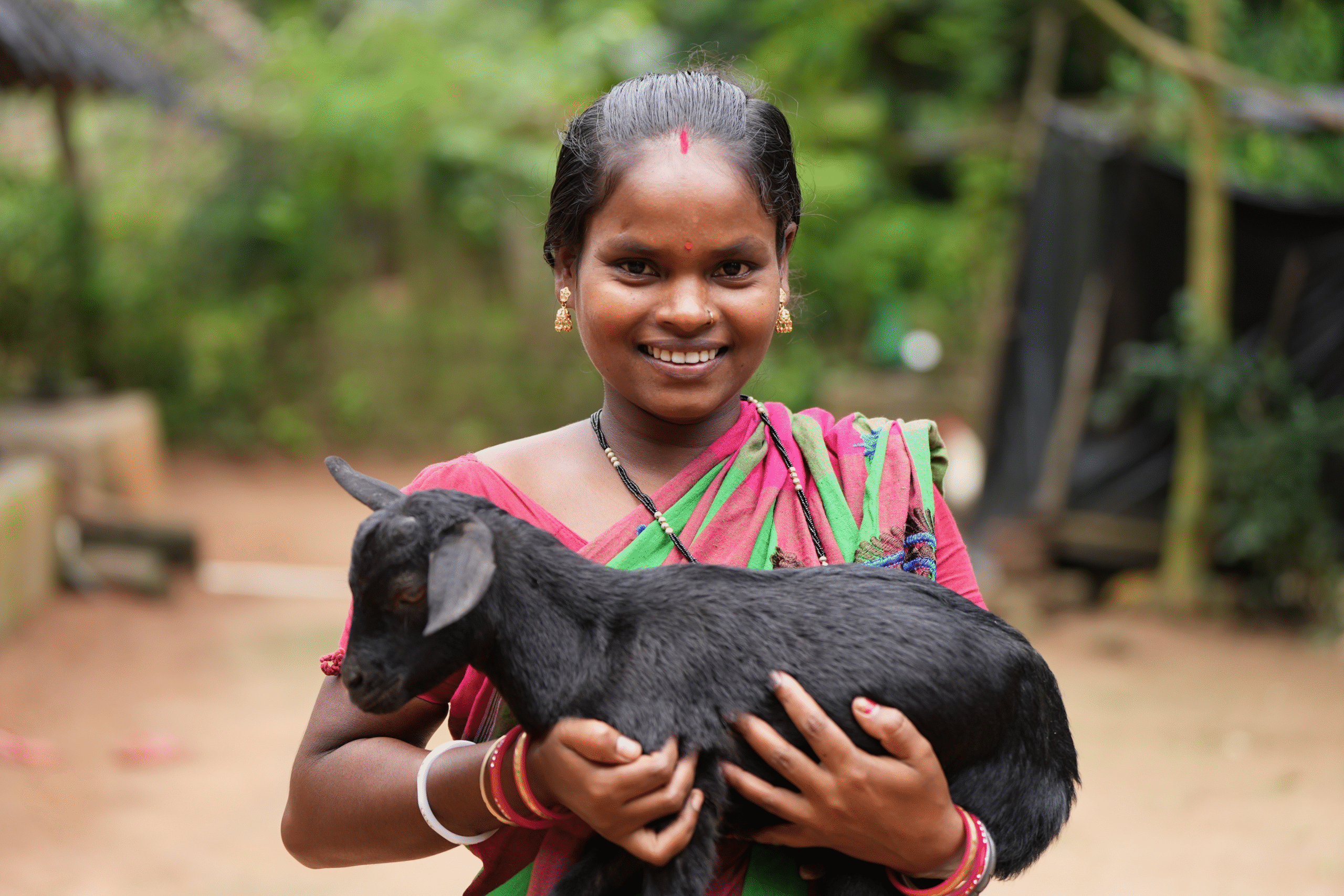Till a little more than six years ago, Mohammad Amin Bhat would grow apples on his two kanals of land (one hectare is equal to 20 kanals). He earned up to Rs 70,000 a year from the produce. But, increasingly, Bhat found that for the amount of hard work that went into cultivating his apple orchards, the returns from it never really amounted to much.
So, in 2016, Bhat decided to make a switch and he began to cultivate grapes on one kanal of land.
“I began to harvest grapes in 2018 and I earned three lakh rupees from one kanal of land that year, which is six times better than what I got from apples,” Bhat, an inhabitant of Lar in Central Kashmir’s Ganderbal district, told Gaon Connection.
“Apples are grown across Kashmir and there is huge competition. Grapes have a better market and price as only a small percentage of farmers are associated with this fruit,” the farmer explained.
Like Bhat, hundreds of farmers in Ganderbal district have started growing grapes over the years and are earning handsome profits.
Also Read: Kashmir’s apple crop hit due to low rainfall and drought-like conditions
“More and more farmers are moving towards cultivating grapes which have a huge market. The government is also working to provide cold storage facilities for grapes,” Ghulam Rasool Mir, director, Horticulture, Kashmir told Gaon Connection. “There are also training camps for farmers who want to start cultivating grapes and Ganderbal has the distinction of producing the best grapes in the valley,” he added.
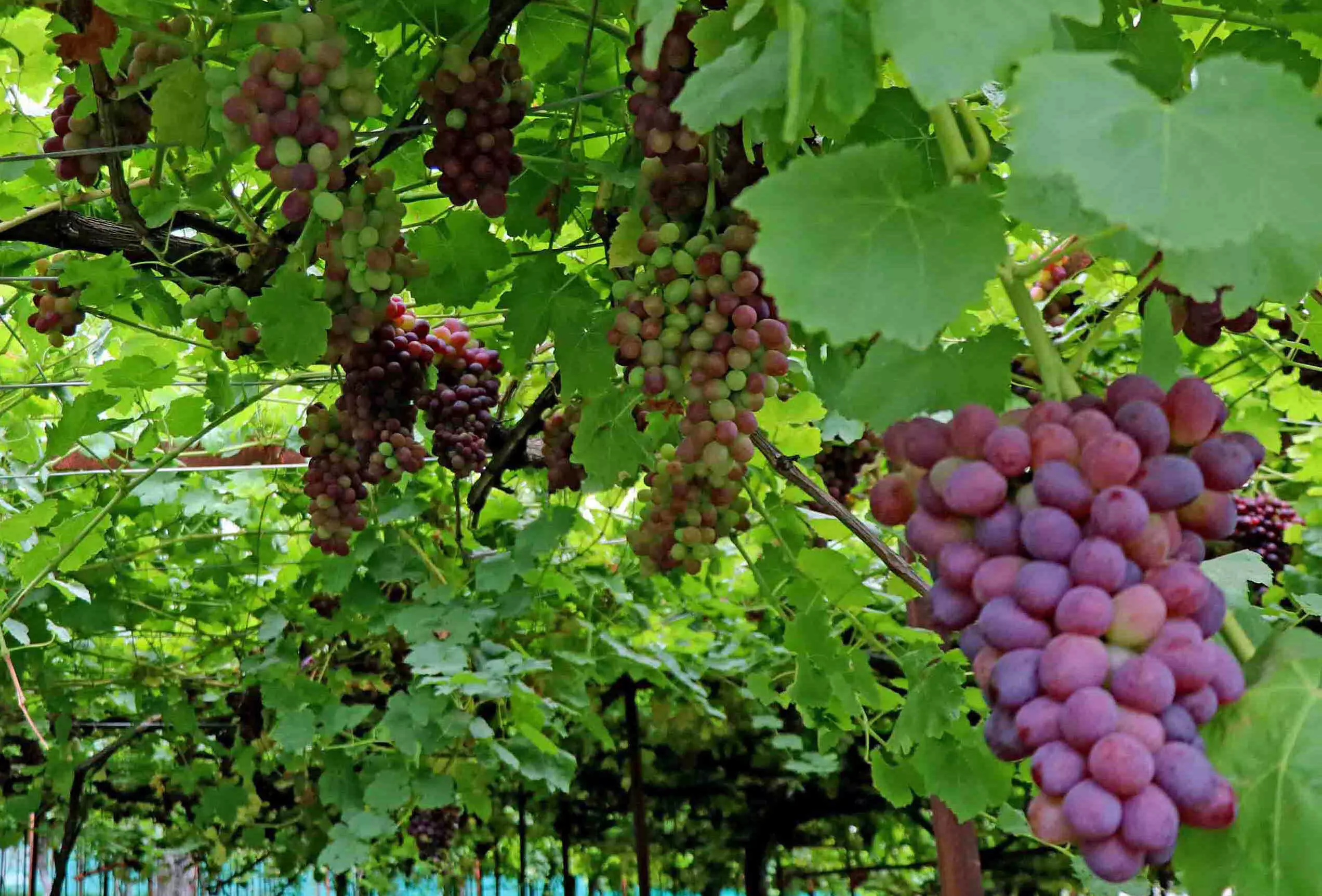
Grapes have a better market and price as only a small percentage of farmers are associated with this fruit.
Grapes cultivation in the Valley
Horticulture is the mainstay of Kashmir’s economy, and according to the department of horticulture, about 700,000 families are directly or indirectly dependent on it for their livelihoods. Horticulture contributes over eight per cent to the Gross Domestic Product (GDP) of Jammu and Kash mir.
More than 338,000 hectares of land is under fruit cultivation in the Valley. Of which 162,000 hectares is under apple cultivation, alone.
In Kashmir, the grapes are cultivated on over 400 hectares of land and production goes up to 1,600 metric tonnes (mt) every year, say the official figures of the Horticulture Department.
In Ganderbal district alone, the grapes were cultivated on 199 hectares in 2020-2022. This increased to 201 hectares the following year in 2021-2022. There was a production of 1,048 mt and 1,205 mt in those years, respectively.
Grapes are usually ready for harvest in August or till early September.
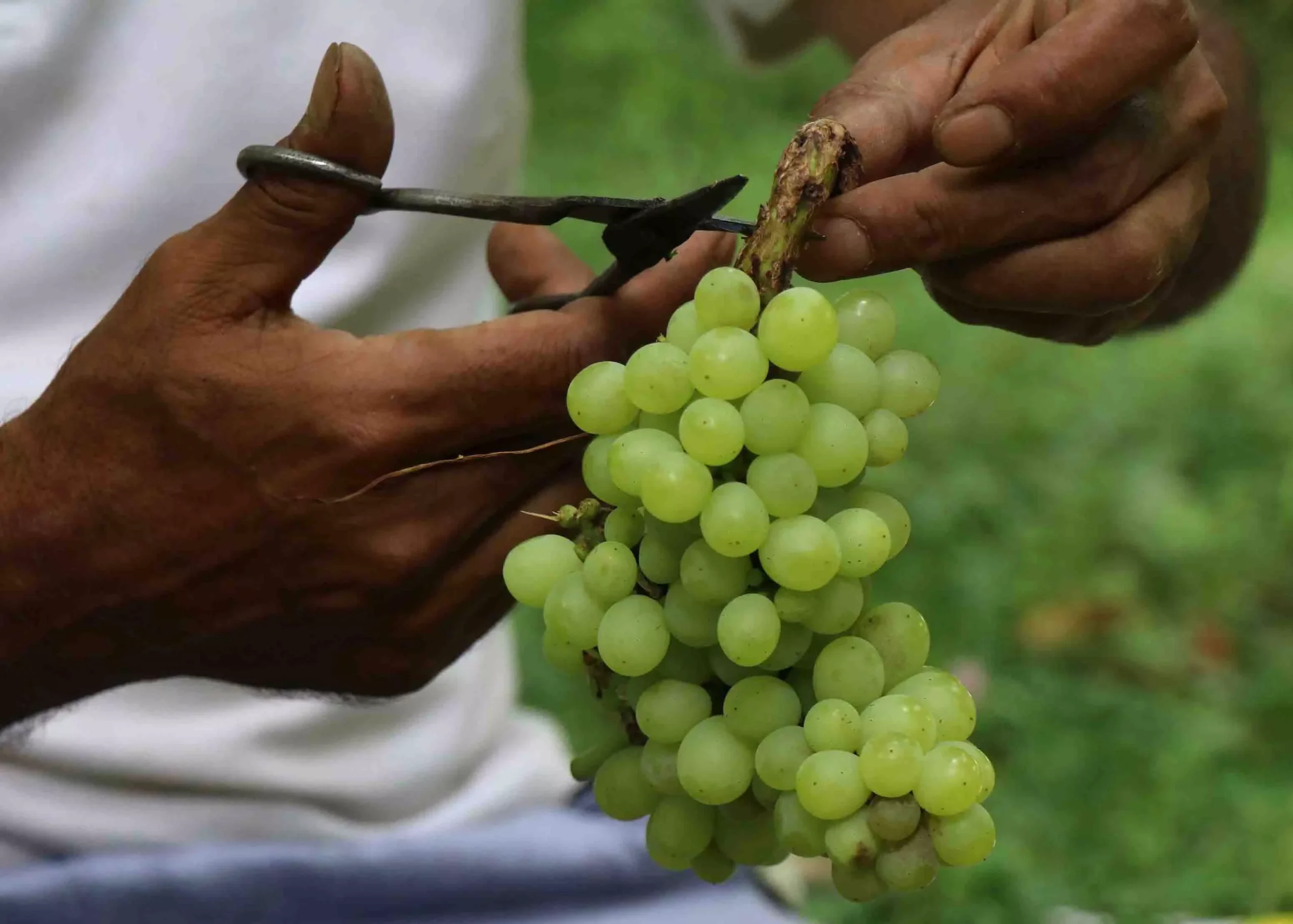
Grapes are usually ready for harvest in August or till early September.
The famous grapes of Repora village
In fact, Repora village in Ganderbal district has always been known for its quality grapes, and has found mention in the poetry of Kashmir’s Sufi saint Sheikh Nooruddin Wali. The villagers attribute the sweetness of grapes to the blessing of Mir Syed Shah Sadiq Qalandar, an 11th century Sufi saint, who lived there.
Ganderbal has traditionally been a grape-growing area with some families cultivating them for over centuries.
Mehraj ud Din Dar, a farmer from Gutlibagh village in Ganderbal district, who grows grapes on two kanals of land, is one of them.
“I have a cousin in Repora whose family has been cultivating grapes for centuries. They told me to grow this fruit which has been really beneficial to me and has given me much more than other crops. I earn about five lakh rupees annually from grapes,” Dar told Gaon Connection.
Repora village alone accounts for over 800 mt grapes production in a year.
Also Read: Rainbow trouts rain profits for farmers in Kashmir
According to Habibullah Magrey, the 51-year-old farmer and sarpanch of Repora village, there are 800 farmers in the village and over 80 per cent of them cultivate grapes.
“Many of the farmers in Ganderbal district are switching to growing grapes as it is more profitable than growing apples,” Magrey told Gaon Connection. He himself is using one kanal of the 20 kanals of land he owns, to grow grapes. And, he earns about Rs 350,000 (Rs 3.5 lakh) annually from it, Magrey said.
Repora region is famous for the Sahiba, Hussaini and Anabeshai grade of grapes, which are being sold in various markets of the Valley.
“The grapes which we grow here are not sufficient to meet the demand in Kashmir. The farmers sell grapes in mandis from where they are supplied to other places across the Valley. When the harvesting season is at its peak, customers in large numbers from across Kashmir come to this village to buy grapes,” Magrey said.
In Repora, some farmers own grape orchards spread over 10-15 kanals of land while others use their kitchen gardens for grape cultivation.
Need for cold storage facilities
“I wanted to increase the area of land to grow more grapes, but I have to check the sunshine levels, fertility of the soil and irrigation facilities available,” Magrey explained. Also, the fact that there were no cold storage facilities and grapes are very perishable also was a factor in his not extending the cultivation for the moment.
“Unlike apples that can survive unspoiled for several weeks, we have to sell the grapes within a couple of days of its picking. Having no cold storage means we cannot keep them longer than that,” the sarpanch said.
“There is an immediate need for cold storage facilities in Ganderbal so we can store and keep this fruit at least till November,” he added.
Also Read: Sustainable cooling to make post-harvest management affordable for Indian farmers
“This trend has started for the last over 10 years. One of the reasons is there is a huge market for grapes in Kashmir because it is grown by a very limited number of farmers. There is less competition and this is also much more profitable fruit,” Magrey pointed out.
“The soil and climate of Repora is favourable for grape cultivation. Its neighbouring villages which have adequate irrigation facilities have also started growing this fruit,” Imran Bhat, a researcher at Sher-e-Kashmir University of Agriculture Sciences and Technology (SKUAST), Kashmir, told Gaon Connection.


